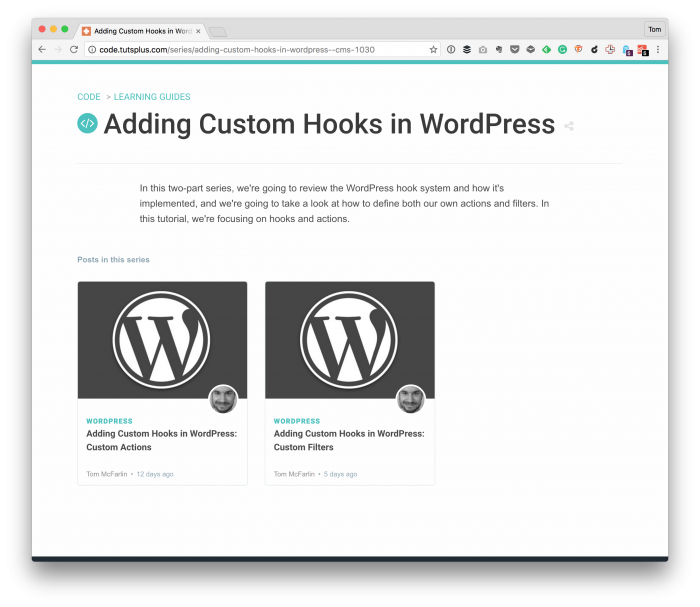For a couple of projects on which I work, I use Trello almost daily.

Some people find it the end-all, be-all of project management. I can’t say I agree with that statement, but it definitely helps streamline certain workflows (as far as I’m concerned).
But there’s one complaint that I have regarding the application: There’s no way to export the actual list of members for a given board (at least not at the time of this writing). Sure, you can export a board, but what happens when you want to contact all of the users?
There’s no way to export the actual list of members for a given board (at least not at the time of this writing). Sure, you can export a board, but what happens when you want to contact all of the users?
Sure, you can export a board, but what happens when you want to contact all of the users? I mean, I have a list of the users and their email addresses in a separate database, but Trello doesn’t allow me to export that data.
To export Trello board members, I put together a quick script that can run in the console of Chrome (maybe others, but I didn’t test). At the very least, it will return the names of the member so you can find them in your database, assuming you have one.



